Are you and your pets ready for the bushfire season? With 80% of New South Wales covered by grasslands, the warmer months ahead will bring an increased risk of fires and threaten the lives of humans and their animals. Forethought on bushfire safety for pets may mean the difference between survival or losing your pet.
Dogs NSW, the controlling body of purebred, pedigreed dog breeding and exhibiting in NSW, urges dog owners to prepare themselves, their properties and their pets for the bushfire season.
“Grassfires are unpredictable; they can start anywhere, spread rapidly and move three times as fast as a bushfire, threatening the lives of people and their animals,” said Hugh Gent OAM, a NSW RFS Captain as well as President of the Australian National Kennel Council (ANKC) and Honorary Life Member of Dogs NSW.
“It is crucial to understand how to protect your property and most importantly yourself and your family, including your pets, from the threat of fire! A Bushfire Survival Plan must include your animals!”
Mr Gent is Captain of the Theresa Park Rural Fire Brigade and awarded the National Medal for his 30-year service for the RFS. Having also been awarded a Medal in the Order of Australia (OAM) for canine activities in 2008, Mr Gent shared some bushfire safety for pets tips to follow if their property comes under threat from a bushfire.
Tips on bushfire safety for pets
- If there is a bushfire threat, leave early!
- Have crates and dog trailers ready to go.
- Make sure your dogs (and cats) are secured so that you can load them up quickly. Precious time can be lost finding and rounding up pets who may be distressed by smoke, fire sirens, helicopters and other unusual activities associated with bushfire fighting.
- Do not just drive off without a plan! Determine beforehand where you are going to relocate to at a location, not in a danger zone. Dogs NSW’s Bill Spilstead Complex for Canine Affairs at 44 Luddenham Road, Orchard Hills, may be used as a temporary refuge.
For more advice on bushfire safety for pets, please visit https://goo.gl/D4Ne7q
“In preparation for an emergency, make sure your pets are wearing a collar and ID tag at all times and they have updated microchip details with a mobile number,” said Mr Gent.
“Also, have ready to go food and water along with bowls, medication and blankets. Carrying a pet first aid kit and a current photo of your animals may also be helpful in the event they become injured or lost.”






